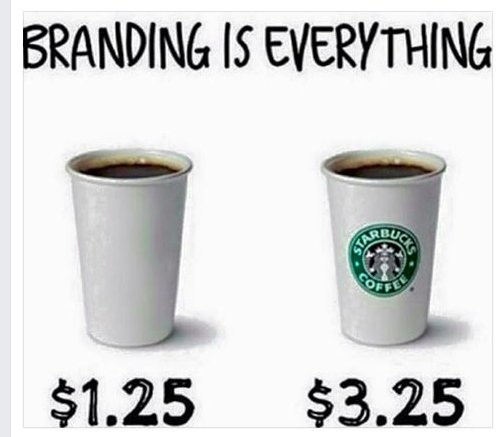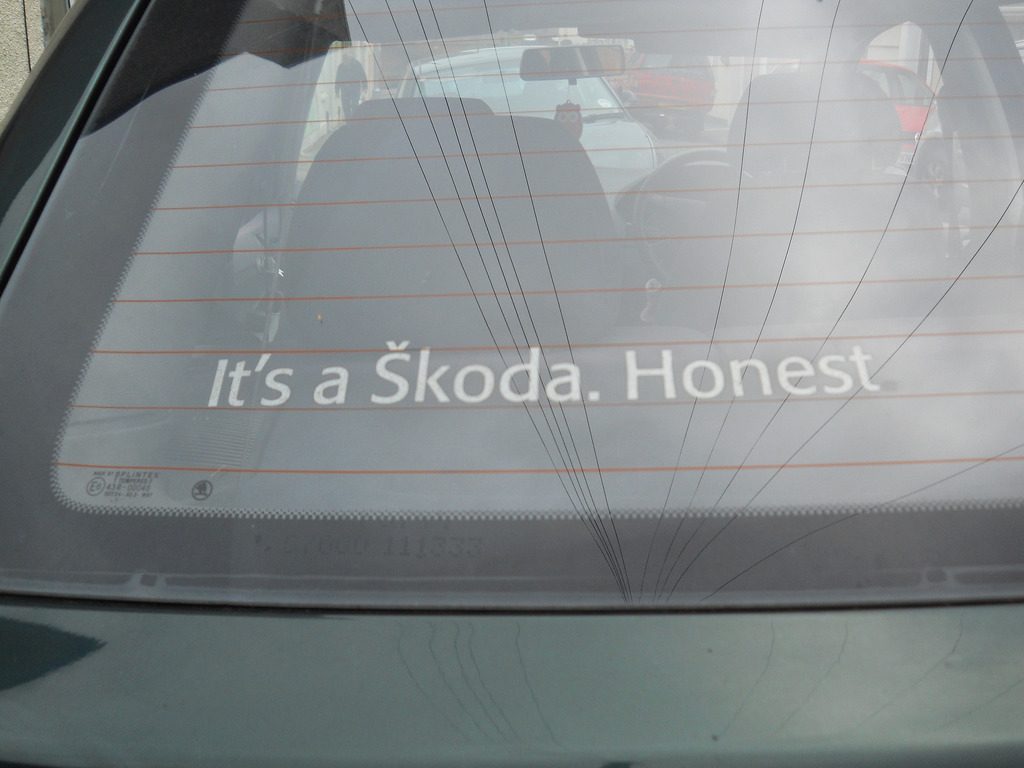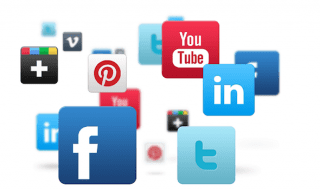
In the marketing-led 21st century business landscape where digital connectivity provides a level of scrutiny that no enterprise can hide from, branding is more important than ever. Many entrepreneurs start off believing that they have a firm grasp on the concept of branding and its importance.

The Link between Customer Psychology & Brand Recall
They’ll probably have a rough idea of what their business represents and what differentiates them from the competition. They may even have a beautiful, professionally designed logo. While these things are great, they’re by no means a comprehensive brand identity in and of themselves.
But why is branding so important?
Whether your business has a physical presence or not, it’s useful to think of your business as a building alongside a busy highway. Hundreds of people will drive past you every day without noticing you or even recognizing your building as a place of business. A colorful, eye catching logo may make them slow down and take notice for a second but it’s unlikely to make you want to come off the freeway to step inside. An effective branding strategy shows them instantly that you have something they want. It’s the reason those golden arches are more likely to slow down a passing driver with an empty stomach or that Starbucks mermaid is more likely to attract those looking for a quick caffeine fix. Those familiar icons represent a degree of familiarity and recognition that they associate with a certain quality and set of values. Your business may well make better burgers than McDonalds, or better coffee than Starbucks but your branding will be essential in creating that evasive lure for passing trade.
In essence your brand should:
- Promote recognition.
- Build trust in your business.
- Support and enhance your advertising campaigns.
- Build value for the customer.
- Generate new customers.
- Ensure the ongoing loyalty of your customers and employees.
While these are the gold standards when it comes to building a brand for your SME, businesses often come across obstacles to attaining it. Here we’ll look at a few and explain how your business can overcome them.
You’re not attracting new customers
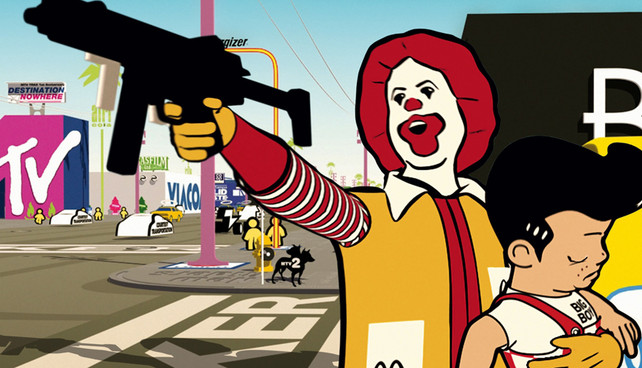
Branding 101: Top Tips to Help SMEs Build an Effective Brand
A dedicated core of existing customers is great, especially if it’s comprised of brand advocates who will espouse your virtues on social media and review sites like Trustpilot. While you should absolutely retain these customers and nurture your relationship with them, many businesses will hit a plateau where they find the levels of new customers dwindling.
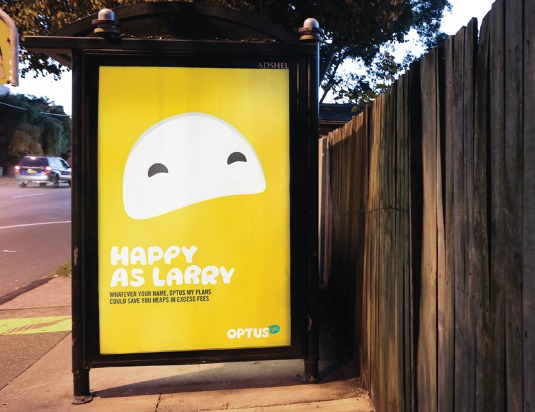
5 Tips on How to Build Emotional Connections through Brand Stories
This can be a difficult obstacle to overcome but the best way to do it is by utilising your loyal customers. Incentivize your customers to introduce their family, friends and colleagues to your business by taking a tip out of the Uber playbook. The taxi giant gives customers voucher codes for free rides to both parties when they introduce a new customer to their business. It’s a win for the existing customer, the new customer and the business. With a little imagination, you can easily find a way to incorporate this strategy into your business acumen.
You’re overly reliant on digital marketing
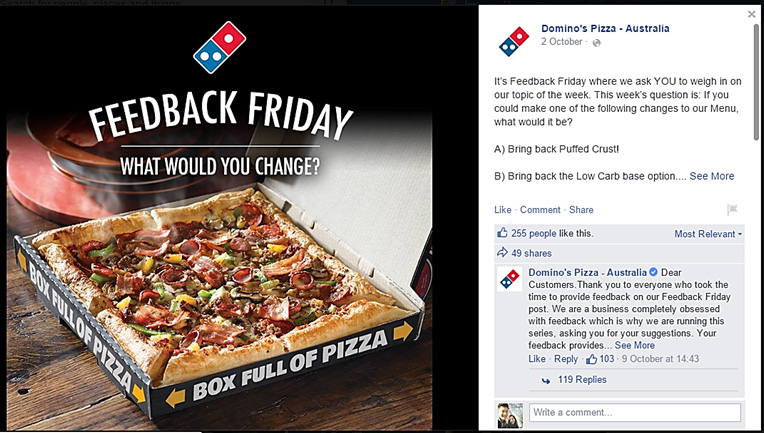
Australia: Increased Internet Coverage & How Digital Marketing Is Impacting Brands
A pristine website, a strong social media presence and strong use of content marketing are all great for growing your brand but bear in mind that some members of your target audience either won’t get online all that much or swim in very different digital waters to those that you occupy. It’s important to target these people effectively in other ways by getting creative in the real world. Here are some of the strategies you could adopt:
Create branded materials:

The Secrets To Brand Recognition You Need To Know
These are easy and cheap to produce so you can give them away secure in the knowledge that you’re communicating your message to a whole new demographic. Custom printed stickers, stationery, button badges from The Pin Factory, mugs, t-shirts, baseball caps and other ephemera are great ways of creating brand awareness without demanding much in the way of time, effort, cost and resources. These items will allow new people to raise awareness of your brand wherever they go.
Guest speaking:

Rely on Experts to Help You Express Yourself
Nobody has your unique skills, insights or experience. They’ve been instrumental to your success thus far and they’re what differentiates you from the competition. Having set up your own business you can give something back to the legions of people trying to make it behind you, while establishing your brand. Lending your voice to business blogs or speaking engagements are great, free ways to do this.
Co-branding:

5 Universal Ways to Earn Buyer Trust Fast
Working in partnership with another, more established brand is a great way of aligning your business goals with those of your peers and working together on a project that’s mutually beneficial to both parties. You have the benefit of piggybacking on each other’s reputation and customer base while also having a like-minded person or group of people to bounce ideas around with. History has shown us many memorable examples of this. Take GoPro teaming up with Red Bull or Bonne Belle’s collaborating with Dr Pepper to make a lip balm with the flavor of the well known soda.
You’ve misidentified yourself
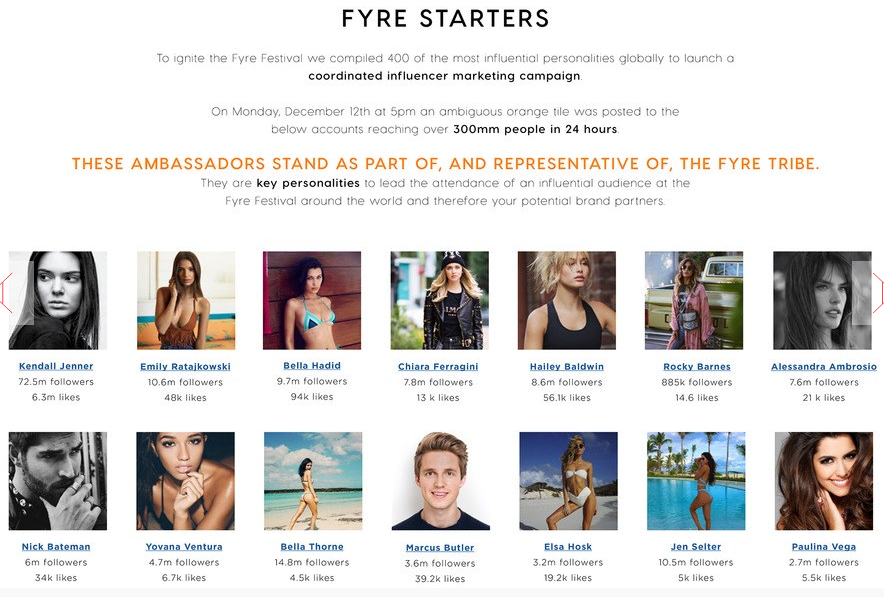
The End of the Free-for-all Influencer Market
Many new entrepreneurs enter the marketplace with a false sense of modesty that can cause them to hamper themselves. They undercut themselves on price as they think that it’s the easiest way to differentiate themselves from the competition. The truth, however, is that being the cheapest game in town is not the way to build the sense of quality and prestige that’s essential in creating a strong brand. As such your profit margins and your brand’s reputation is likely to suffer.
Look at the cautionary tale of Czech car manufacturer Skoda. The brand marketed itself as an affordable, reliable car but leaned heavily on affordability in its marketing campaigns. In the long term, this ended up damaging Skoda’s reputation. Inevitably customers associated ‘affordable’ with ‘cheap’, which can imply poor quality workmanship or substandard materials. Skoda managed to turn this to their advantage in 2001 with its playful “it’s a Skoda… honest” campaign. Rather than being embarrassed by the industry joke the brand had become, Skoda embraced and deconstructed connotations of poor quality, giving its cars an aesthetic makeover and shifting the emphasis from affordability to reliability. That’s the power of branding!

The Secrets To Brand Recognition You Need To Know
If you find yourself tarred with the ‘cheap’ brush, take a leaf out of the Skoda handbook and watch your fortunes turn around.

